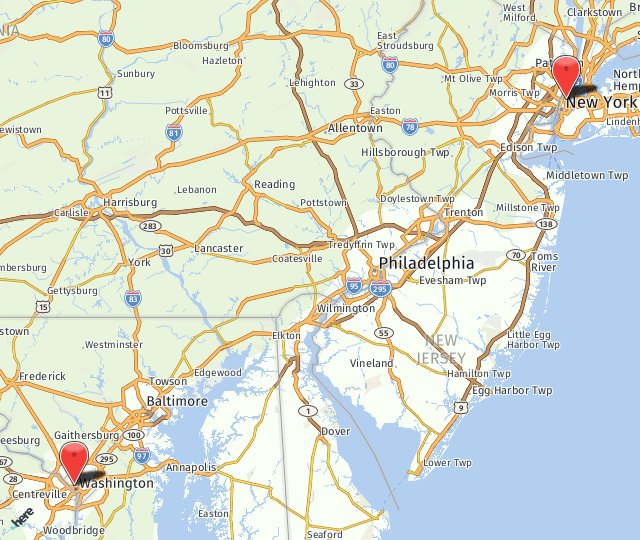As we age, our skin loses elasticity. This combined with the unwanted effects of gravity causes the skin to droop. As a result, sections of excess loose skin hang and collect near the upper eyelashes and create wrinkles on the eyelids. This not only makes us look older but also gets in the way of our vision.
This is why most people opt for blepharoplasty surgery to look younger and gain back the unobstructed vision they had earlier. Blepharoplasty involves lifting the eyelids by removing excess skin, muscle, and/or fat around the eyes.
Cosmetic Blepharoplasty
Cosmetic blepharoplasty is not medically needed but is done for aesthetics only. The drooping eyelids make people look older and constantly sad or tired. In some people, these may be more prominent due to hereditary reasons. People opt for blepharoplasty as a cosmetic surgery to attain a more youthful and alert look.
Functional Blepharoplasty
A functional blepharoplasty is medically necessary. This is usually the case when the drooping skin on the eyelids begins to obstruct one’s vision, causing difficulty in day-to-day tasks.
Functional blepharoplasty may also become necessary due to irritation of the eyelid skin arising from friction in the folds of excess skin, or due to overstrained forehead muscles constantly trying to pull up the drooping eyelid skin.
The Details of the Procedure
For the upper eyelids, Dr. Somenek makes an incision along the natural line separating the eyelid from the region below the eyebrow.
For the lower eyelids, there are two different incision methods. One of them involves making an incision inside the lower eyelid and removing excess fat through the cut. Note that this incision is not visible from the outside. In another method, the incision is made along the margin of the lower eyelashes.
Through the incisions, excess skin is removed, along with any unwanted fat or muscle as required. The incisions are then closed with extremely small stitches, which are removed after three to six days. If they are dissolvable, they will not need to be removed.
Recovery and Healing
On the day of the surgery, you will not be able to drive yourself home after the procedure. Instead, you will need to arrange in advance for a friend or family member to drive you home and stay with you for the first night of recovery.
The healing time for this treatment is usually quite short. There may be a little swelling and bruising on the day after the surgery, but these usually go away quickly. Using a cold compress on the eyes reduces discomfort.
Light walking and light physical activity can also help. People usually return to their normal daily activities about 10 days after the surgery.
Get In Touch to Find Out More
Dr. Michael Somenek, a double-board-certified facial plastic surgeon, is an excellent choice for your blepharoplasty surgery. Dr. Somenek will explain the details of recovery and of the procedure during a consultation, where you will share your needs and goals. Contact us today to set up your appointment.

